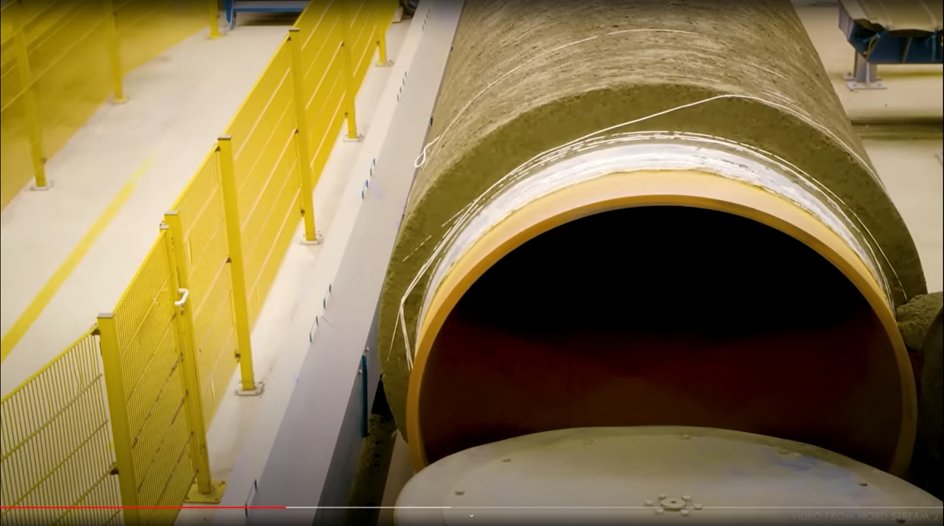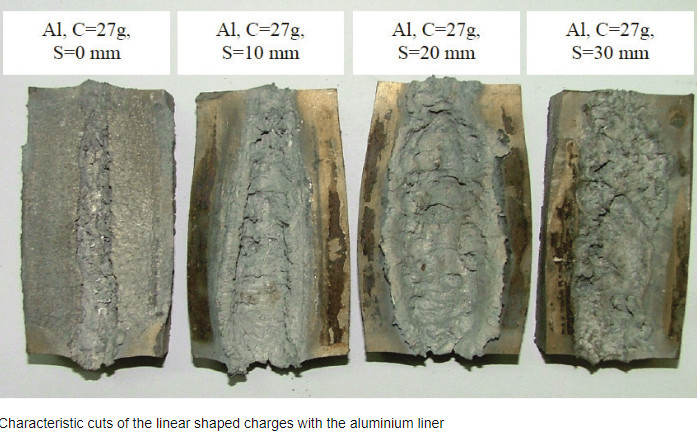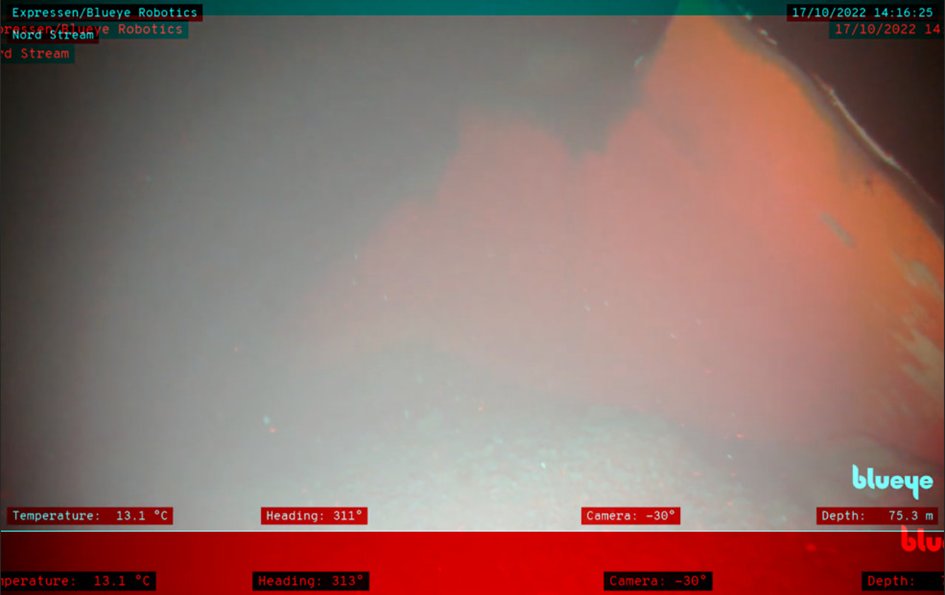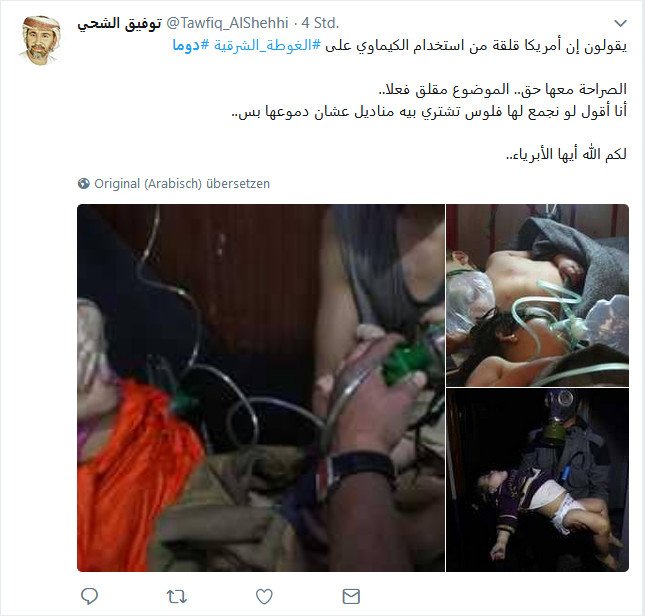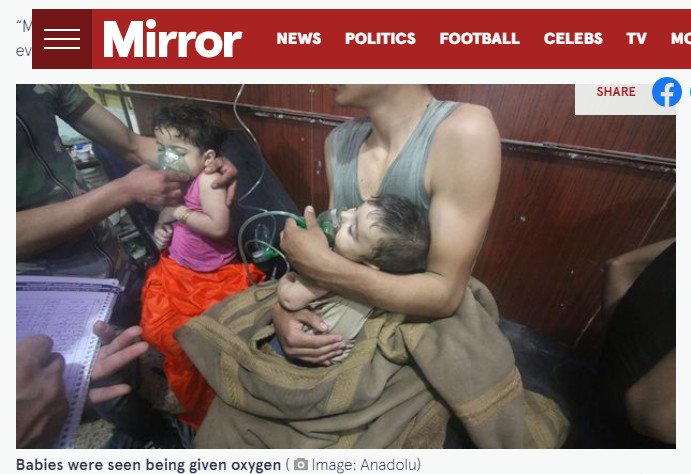
#NordstreamSabotage
Shortly after the first images of the Nordstream destruction were released, ex-Navy Seal Chuck Pfarrer posted this graphic and thought he saw the result of a linear shaped charge. Can this be confirmed?

Shortly after the first images of the Nordstream destruction were released, ex-Navy Seal Chuck Pfarrer posted this graphic and thought he saw the result of a linear shaped charge. Can this be confirmed?


To understand the damage to the Nordstream pipeline, one must first understand how the pipeline is constructed.
The pipes were bent from steel plates. That is, there is a weld seam longitudinally and weld seams at certain intervals to assemble the pipe sections.

The pipes were bent from steel plates. That is, there is a weld seam longitudinally and weld seams at certain intervals to assemble the pipe sections.


The pipe segments are coated on the outside with a black anti-corrosion layer. Inside, they are coated with an orange, very thin and very smooth epoxy resin coating that minimizes the friction of the gas against the outer walls. 

The naked steal of the gap between the concrete is covered with a protective heat-shrink sleeve, the cavity is filled with polyurethane foam and finally enclosed with a sheet. 





These are the sections that can be attacked most easily or with the least amount of explosives. Presumably, however, you would have to remove the sheet metal and scrape out the PUR foam to effectively use a cutting charge. This work, however, is diving time. 

For a military cutting charge, it doesn't matter because the material hit behaves virtually like a liquid.
sciencedirect.com/topics/enginee…
sciencedirect.com/topics/enginee…
However, the decisive factors are the shape, the amount of explosive and liner material, and the so-called "standoff" distance. These parameters have a decisive influence on how focused the molten liner forms a jet and whether it falls apart on its way.
mdpi.com/2076-3417/2/3/…


mdpi.com/2076-3417/2/3/…



Chuck Pfarrer speculated these "cuts" through the steel were caused by a small amount of highly effective shaped charges. It looks and sounds pretty convincing but... 

...IMO any hole in the outer wall would lead to explosive expansion of the gas due to the high overpressure in the pipeline and thus to total damage. 

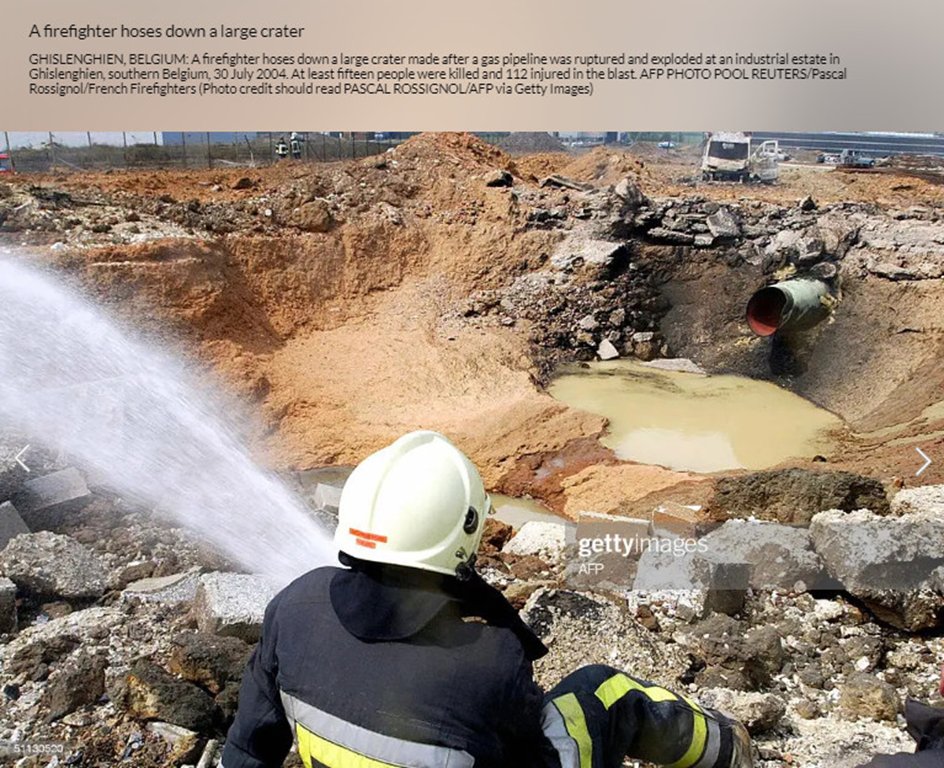

In a shaped charge, a layer of so called liner (often copper) is liquefied and the shape of the explosive causes it to form a narrow jet of liquid metal that hits the surface at very high velocity.
Nothing is known about Nordstream 2 except for one photo of an underwater drone. The pipe is cracked all around along an irregular edge. There is no trace of the counterpart in the photo. 
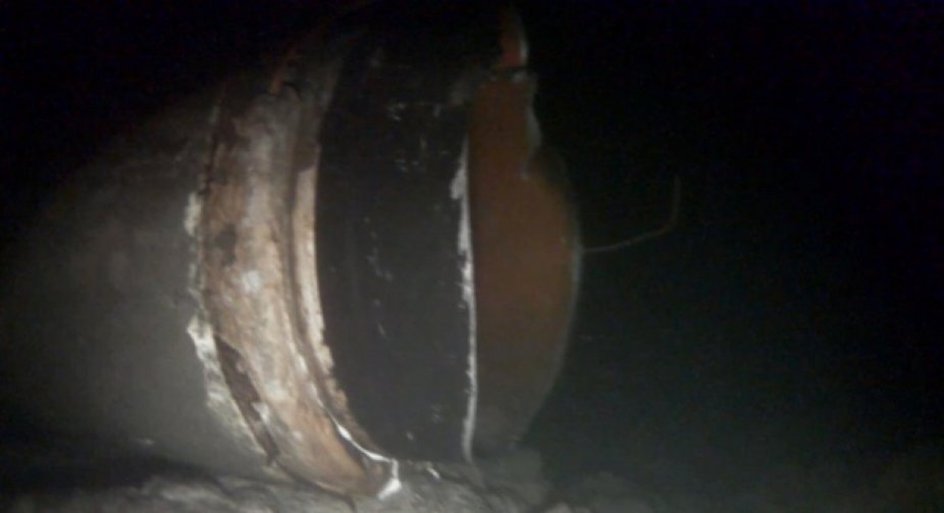
At Nordstream 1, Nordstream AG has found two craters of 3-5m depth. The craters have a distance of 248 meters and is completely destroyed between them. This length corresponds to about 20 pipe segments. 

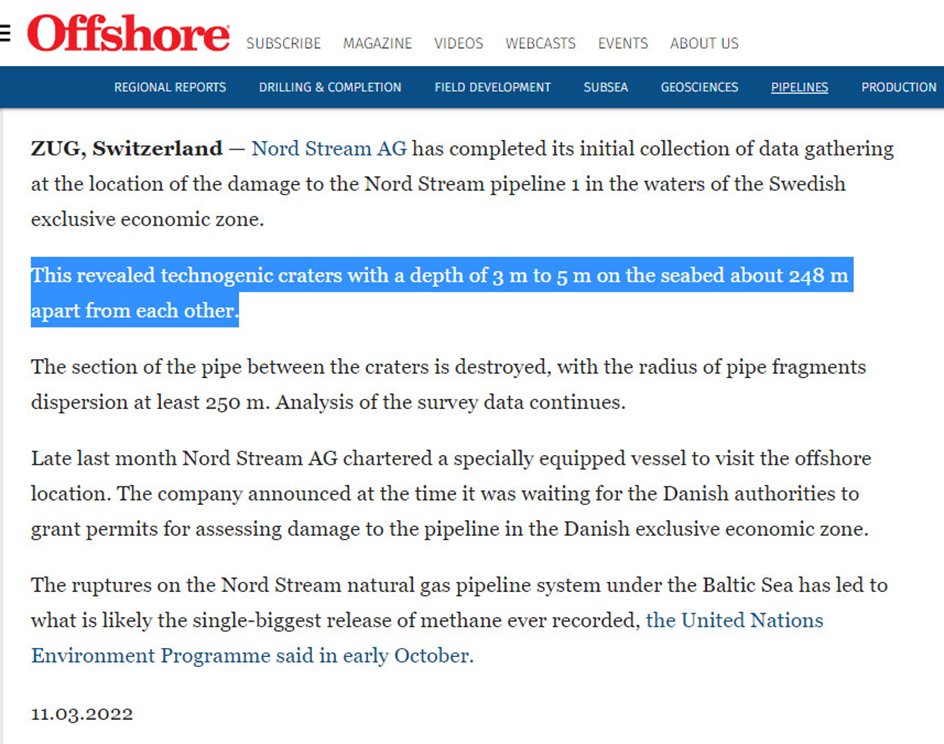

The debris is scattered in a radius of 250m. No pictures are known to date of the craters or the ends of the pipeline at these obvious points of attack. About 150m from one of the ends, an approximately 50m long piece (4 segments) lies bent into a V in the silt. 

This end of the "cut," which is convincing at first glance, seems like a break when viewed up close. 



If you compare the smooth edges of Nordstream 1, they speak against a cutting charge. They rather resemble a fracture. 

In addition, the insulation layer along these straight edges does not show any heat damage and partially protrudes over the fracture edge. This means that no cutting charge can have penetrated the underlying metal at this edge. 

Another clue was the diagonal cuts (pink, blue). The white line is the end of the black insulation layer. The reinforcing steel is protruding from the edge of the concrete layer.
Along the blue line, the insulation layer is also cracked and overlapping here.

Along the blue line, the insulation layer is also cracked and overlapping here.


However, the pink edge is broken in the profile at an acute angle. This means that no cutting charge has cut vertically into the steel. It looks as if it has broken off, while the slope of the fracture surface rather indicates a fracture direction from the inside to the outside. 
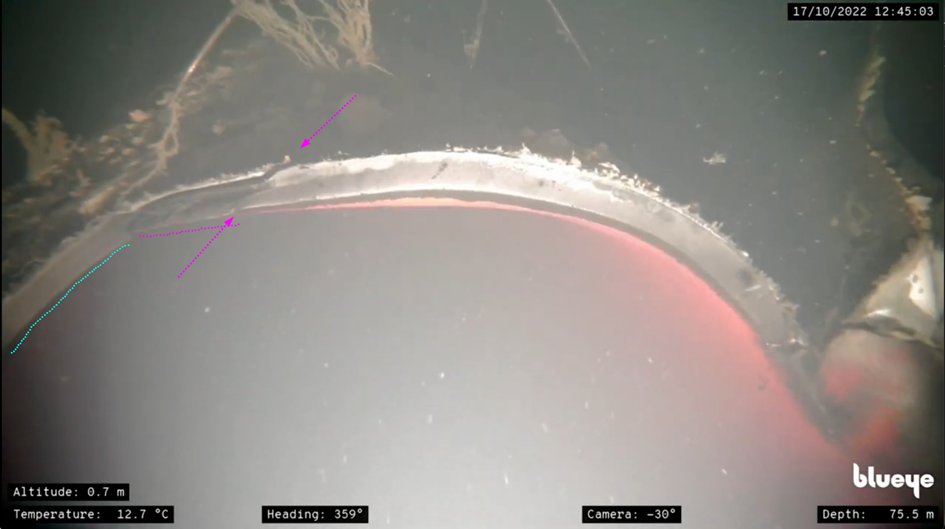
Thus, it appears to have been torn outward by the adjacent and now missing tube.
The tube segment that was originally connected (green) to these straight edges is stretched out and swung open almost 180° like a door.
The tube segment that was originally connected (green) to these straight edges is stretched out and swung open almost 180° like a door.

The length of the unfolded edge corresponds approximately to the smooth edge of the tube (green) to the oblique break (pink). That is, the long straight edge of the bent up "door" (pink) was previously the top of the tube. 



Furthermore, this long straight edge (pink) is the same edge where we have already seen the overlapping insulation material. 



No edge seen from the V-segment was caused by a shaped charge. These edges appear to have been caused when the tube cracked under great stress and exploded due to the 100+ bar overpressure. The cause of this stress is not apparent in the published images.
However, it seems obvious that the portion of the bent-up "door" buried in the silt came in good part from the subsequent pipe segment, which was then damaged at least as much as this end of the 150m flung-away V-section. 

Another part is stuck vertically in the silt 150m from the end of the pipeline and rises about 6 meters above the ground. The pipe segments are 12m. It must have sunk 6 meters into the silt or the invisible end of this segment has been destroyed to a large extent. 

It is noticeable that the concrete and reinforcing steel are missing from what used to be the middle of the segment (now at ground level), while the outer layer of concrete is still present only 1 meter higher. 





The destruction at the top edge shows that this is also the area of the weld (green) between the segments. Half the circumference is thus torn open along the welded segment boundary (green), then vertically (pink) about a meter to below the formerly existing concrete casing. 

That is, the edge that was apparently torn open (blue) was under the concrete layer before it was destroyed.
Furthermore, it seems unusual that this side wall, which is about 1m wide (green, pink), is completely folded inward despite the immense pressure in the pipe.
Furthermore, it seems unusual that this side wall, which is about 1m wide (green, pink), is completely folded inward despite the immense pressure in the pipe.

As already observed on the edges of the V-segment, the black insulation layer along the steel edge also appears to be torn open along the blue line. 



I.e. all the straight and perpendicular edges (green, pink, blue) appear to be production-related and show no discernible traces of a cutting charge. Here, too, the pressure alone seems to have cracked open the side wall like a door. 



The edges that run diagonally to the weld seams (red, yellow) appear unusual, with the left red-marked edge running roughly perpendicular (no cut) to the yellow-marked edge. 



We saw similar slanted breaks on the V section. However, the only picture that at least shows the yellow edge up close is from Greenpeace.
This also looks more like a break, though not recognizable enough to make a final judgment.
This also looks more like a break, though not recognizable enough to make a final judgment.

This crack may have occurred when the sidewall was crimped inward by some tremendous force. And this inward deformation seems very unusual for a pipe under high pressure. 

That the pressure from the opposite pipe segment pushed this side wall inward seems quite unlikely, because the same pressure that bent the opposite side wall open like a door would have catapulted the entire pipe in the opposite direction.
With each rotation in the opposite direction (red), a pressure from the opposite tube can only act on the inside of the inwardly folded tube, even if the opposite tube is moving just as fast or faster in the same direction. 

This means that no matter how the escaping pressure on the ruptured side would have shifted the tubes, the pressure inside the tube can hardly be responsible for the inwardly turned outer wall. Moreover, both sides were under exactly the same pressure at this initial moment. 

Alternatively, there remains the possibility of a force from the outside that presumably hit the opposite pipe, pressed in the outer wall and caused the weld seam on the opposite side to break and tear open. The pressure then did the rest. 

In this scenario, the steel wall broken diagonally across a weld seam would also be of little surprise. With a cutting charge, such a displacement and indentation of the outer wall would not be conceivable.
In anaglyph 3D:



In anaglyph 3D:




In addition to the outer wall folded inward, there are still pictures of what looks like one of those metal sheets that originally encased these welds. This sheet metal is completely torn and frayed on the upstanding side. 

Again, this damage pattern suggests a conventional explosion near the joint seams rather than the use of cutting charges.
This pattern can also be seen much better in 3D. Also impressive are the meter-deep canyons that may have been created by silt being sucked into the tubes.

This pattern can also be seen much better in 3D. Also impressive are the meter-deep canyons that may have been created by silt being sucked into the tubes.


All in all, it has to be stated that all those places where one would have first looked for traces of an explosion have not been published so far. Since one has certainly filmed at the craters, one must assume that this footage was deliberately withheld.
• • •
Missing some Tweet in this thread? You can try to
force a refresh


